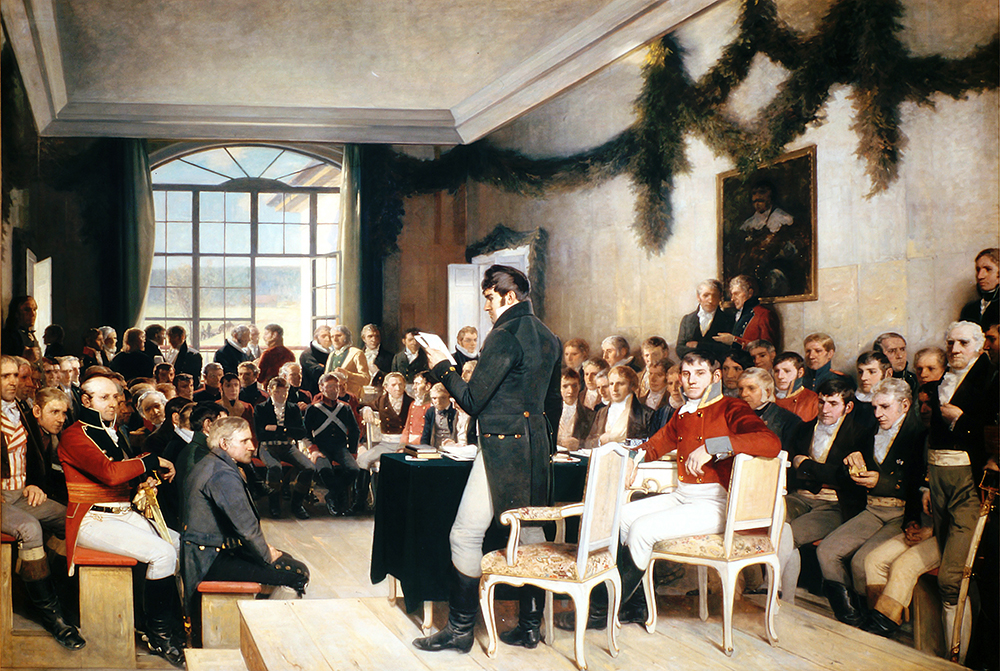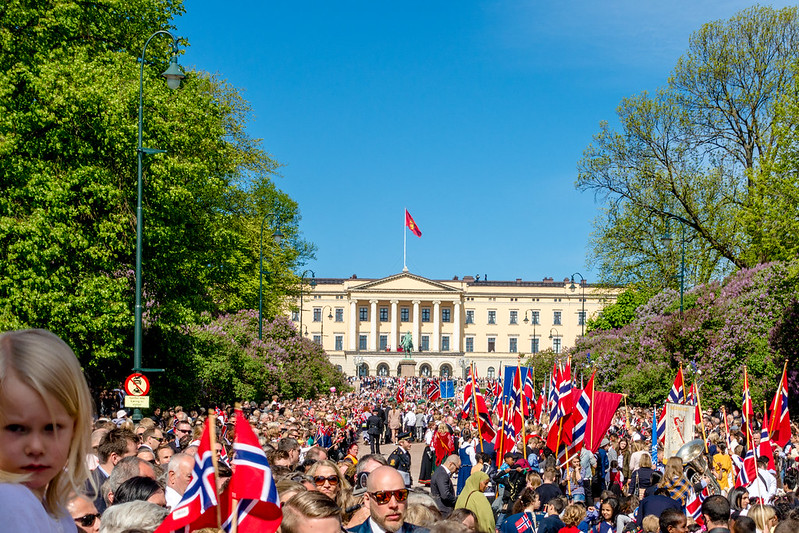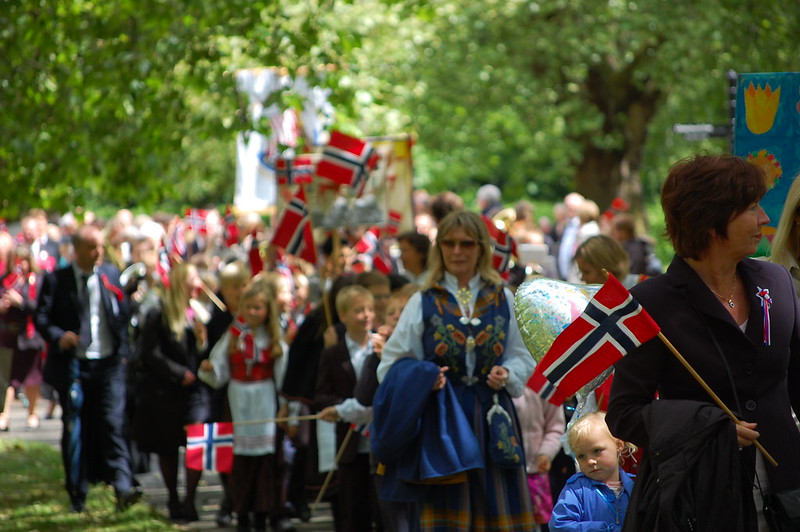History of 17th of May Celebration in Norway
885: Norway becomes an independent, unified kingdom under Harald Hårfagre (Harald Hairfair)
1397: Under the treaty of Kalmar, Denmark, Sweden (including much of present day Finland), Norway (along with the Norwegian colonies of Iceland, Greenland, Shetland, Orkney and the Faero Islands) joined forces under a single monarch.
1523: Sweden declared independence but Norway remained in the Union under Danish rule.
1814: During the Napoleonic wars, Sweden allied with Great Britain and Denmark with Napoleon. With the defeat of Napoleon, Denmark gave up Norway to Sweden as a war settlement.
Norway rejected the terms of the treaty and during the gap in the transition of power formed a plan to assert the country’s independence. Norway quickly formed a National Assembly and drafted a constitution. On the 17th of May, 1814, this constitution was signed. On the same day Christian Frederick, the heir to the Danish throne, was elected king of Norway. He had been living in Norway as Denmark’s appointed vice-Regent.
Sweden was not pleased with Norway’s declaration of independence and by July of 1814, invaded the country. King Christian Fredrick led the Norwegian opposition. Unfortunately, Norway did not have an organized well-equipped army like Sweden and a cease-fire agreement was signed on the 14th of August, scarcely a month after the invasion. Christian Frederick was forced to abdicate and return to Denmark and Norway came under Swedish rule. However, Sweden allowed Norway to self govern and to keep the constitution.

1815: The first celebrations of the 17th of May began in Trondheim. But the Swedish king, Karl Johan, viewed the celebration as a direct challenge to his authority. He wanted Norwegians to celebrate the 4th of November, which was the day Norway officially went into a union with Sweden and signed the revised constitution.
1828: King Karl Johan forbad the celebration of the 17th of May.
1829: Armed Swedish forces entered Oslo to stop students and people marching and giving speeches. No shots were fired, but the conflict, called “Torgslaget” so rocked the capital and its inhabitants that the ban on the celebration had to be lifted. The desire to mark the 17th of May only intensified.
1836: The Norwegian parliament held its first official 17th of May celebrations. This is counted as the official start of this day as a National Holiday. At first the 17th of May was only celebrated in private homes, but later spread into the communities.
1845: The new Swedish King, Oscar I embraced the 17th of May celebrations. In 1845 his entire family greeted the parade from “Paleet” where they stayed during their visits to the capital.
1864: The first time the national anthem, “Ja Vi Elsker” is performed officially is at Eidsvoll during the 50th year anniversary of the signing of the Constitution. Poet and writer Bjørnstjern Bjørnson wrote the National Anthem, Rikard Nordraak composed the melody.
1869: A school headmaster, Peter Qvam, organized a children’s parade at his school to celebrate the 17th of May. Together with his friend Bjørnstjerne Bjørnson, he argued that a children’s parade was the perfect way to celebrate, emphasizing that children are the key to a strong national future. Qvam and Bjørnson’s eager work paid off. In time this tradition spread to every school in the country.
1870: The first children’s parade goes to the Royal Palace where they sang the King’s anthem in front of the Palace balcony. Only boys were allowed to march in the parade.
1889: Girls were allowed to join in the parades.
1905: The Union between Norway and Sweden dissolves. Norway offered the crown to Danish Prince Carl. He insisted that he would only accept this offer if the Norwegian people had a chance to decide whether they wished to remain a monarchy. After an overwhelming vote in favor of monarchy, Prince Carl became king of Norway taking the name Haakon VII.
1906: King Haakon and Queen Maud began the custom of greeting the children’s parade from the Palace balcony.
1945: 202 000 schoolchildren participated in the first children’s parade after five years of German occupation. After being forbidden for five years, the National Celebration of 17th of May took off in a new and meaningful way and have remained as strong to this day.


